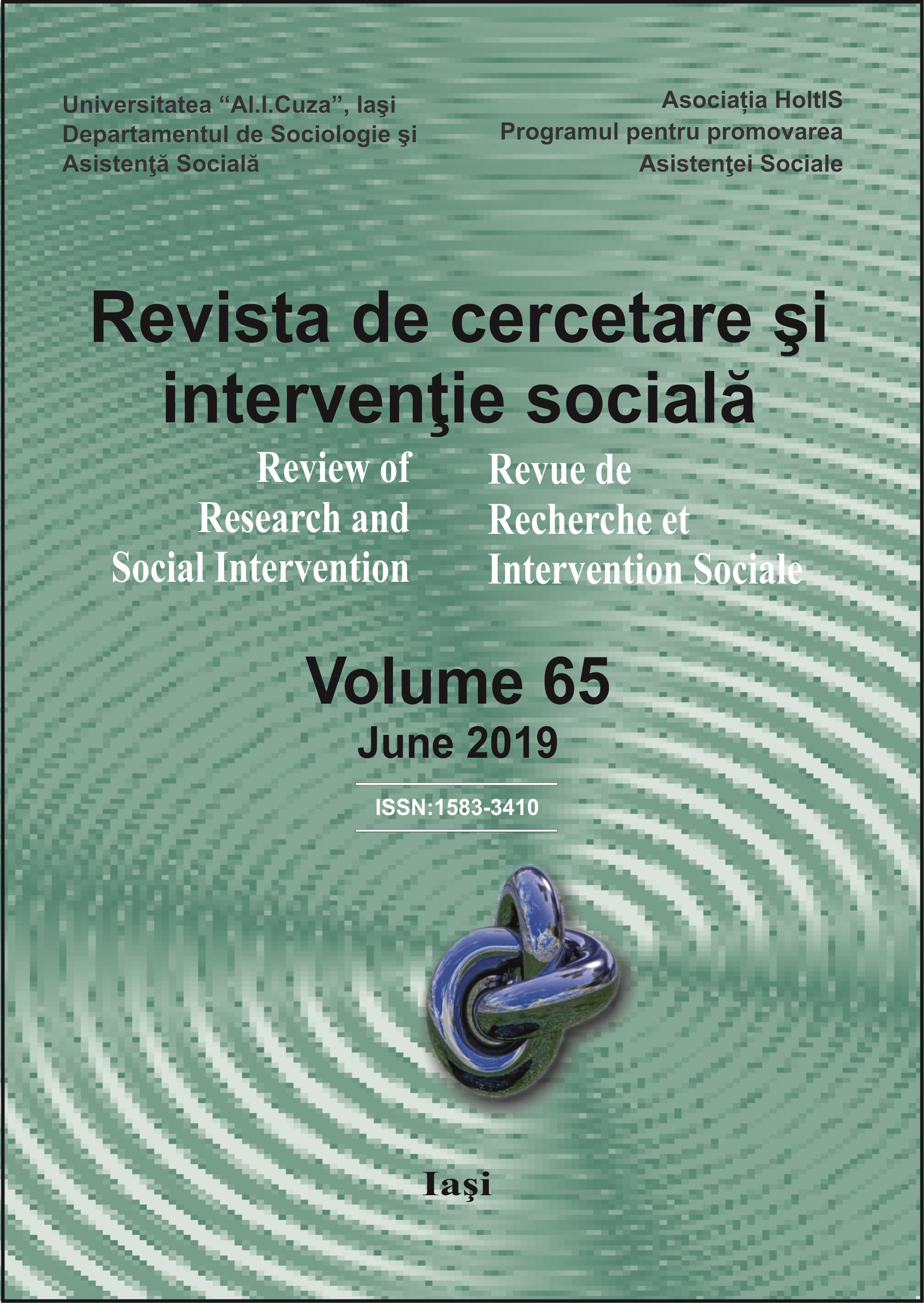The Depopulation of Romania – Is It an Irreversible Process?
The Depopulation of Romania – Is It an Irreversible Process?
Author(s): Cristina OTOVESCU, Adrian OtovescuSubject(s): Social Sciences, Sociology, Demography and human biology
Published by: Expert Projects Publishing
Keywords: social depopulation; diagnosis; prognosis of population; demographic decline; birth rate; abortion; social development; social problem;
Summary/Abstract: The present article has as the main ground a shocking reality, which unfolds almost imperceptible in front of our eyes: the population of Romania has started, since 1990, to decrease steadily, a fact that will surely lead to a gradual depopulation of the country. Consequently, the priority problems, for the central and local administrations, are those addressing the stopping of the national demographic plunge, and the improvement of the moral climate from the society. The both issues can become the object of a national project that concerns the strategically development of the country, in the near future. At the end of 2017, the social Romania had a population of 19.6 million, from which 5,528,199 were active employees, 9,154,473 were pensioners, pupils, students, unemployed etc., and approximately 5 million of them were left in other countries around the world. Although it is on the 7th place in the hierarchy of the 47 states of Europe, on addressing the number of dwellers, Romania might lose this position in the next decades. The demographic prognosis estimates that in 4 decade time, the population of our country will reach approximately 13,7 million dwellers, that is a smaller number than that from 1919 (15.5 mil.). Already, in 2017, there were 3.5 million dwellers less than in 1989, the most significant decrease of the population registering in the 5 counties from the South-West region of Oltenia. The causes of the national demographic decline are multiple, but the ones with the most direct impact proved to be: the maintaining of the birth rate at low shares (9 in one thousand dwellers), and the mortality rate at high shares, especially in the rural regions (14.9 for one thousand dwellers), to which there is added the high rate of abortion (311.5 for one thousand babies born alive in 2016), and the massive emigration towards the developed countries, which has been shifting 5 million dwellers. The high rate of the abortions and emigration placed our country among the first places, in the European states. The demographic phenomena are analysed from a statistic and sociological perspective, and in such a theoretical background, there is merged the diagnosis approach with the prognosis one. The propositions formulated here have a strong pragmatic character, and express the optimistic conviction of the authors that the demographic decline of Romania can be interrupted, and the increased demographic trend for the Romanian population can be brought back, through the therapy of the causes, and based on concrete and viable measures.
Journal: Revista de Cercetare şi Intervenţie Socială
- Issue Year: 2019
- Issue No: 65
- Page Range: 370-388
- Page Count: 19
- Language: English

